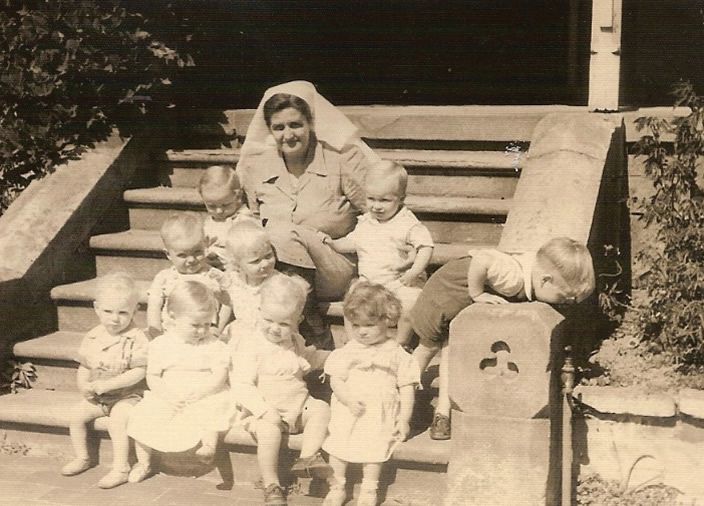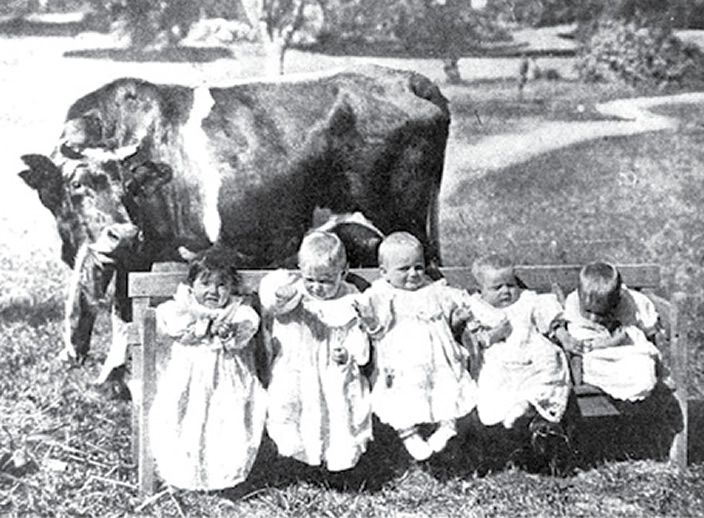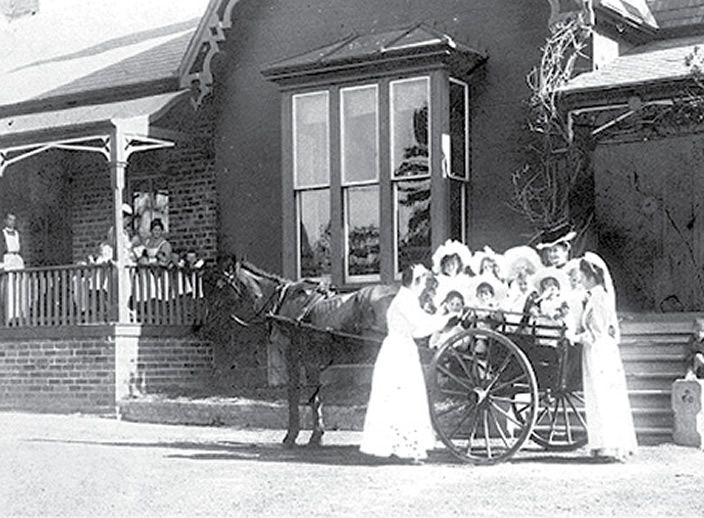Positive impacts
Non stigmatised environments and quality services underpin inclusion at the service. These help to uphold the rights of children with additional support needs, allowing them to feel valued, acknowledged and respected by their peers and the organisation.
This acceptance can result in a sense of belonging that further promotes their independence, resilience and wellbeing, and supports them in building strong and capable futures.
Lynn said this has enabled all children attending TIH services to see beyond the images of difference they are presented with and look deeper to the individual characteristics people may possess, which facilitates the development of true, reciprocal friendships.
Each of the five early learning and education centres at TIH have teaching directors to lead their teams, rather than directors behind a desk. The directors’ demonstration of professional skills and knowledge help strengthen their teams’ everyday practice and has been a significant step towards implementing quality practices.
Additionally, Lynn said TIH has recently employed a teacher just to provide professional development to staff in its five centres.
The teacher works one day a week in each centre in collaboration with the staff and director, talking about potential resources, new research and practice or activities that can support the TIH philosophy.
“The difference has been amazing. All our teachers are four year trained and all very engaged – everyone has a voice here. It is not a top down organisation.”
Lynn said the award honoured not only the current staff but also the work of the ground breaking founding mothers of the school, who defied convention to aid women and children.
HESTA awards are announced biennially. The next awards will be in 2018.
References
HESTA awards: http://www.earlychildhoodawards.com.au/
TIH: http://www.theinfantshome.org.au/
For more on the TIH history: http://www.theinfantshome.org.au/about-us/history/
http://www.theinfantshome.org.au/site/assets/files/1016/history_book_order_form_revised_aug15.pdf






































































































































